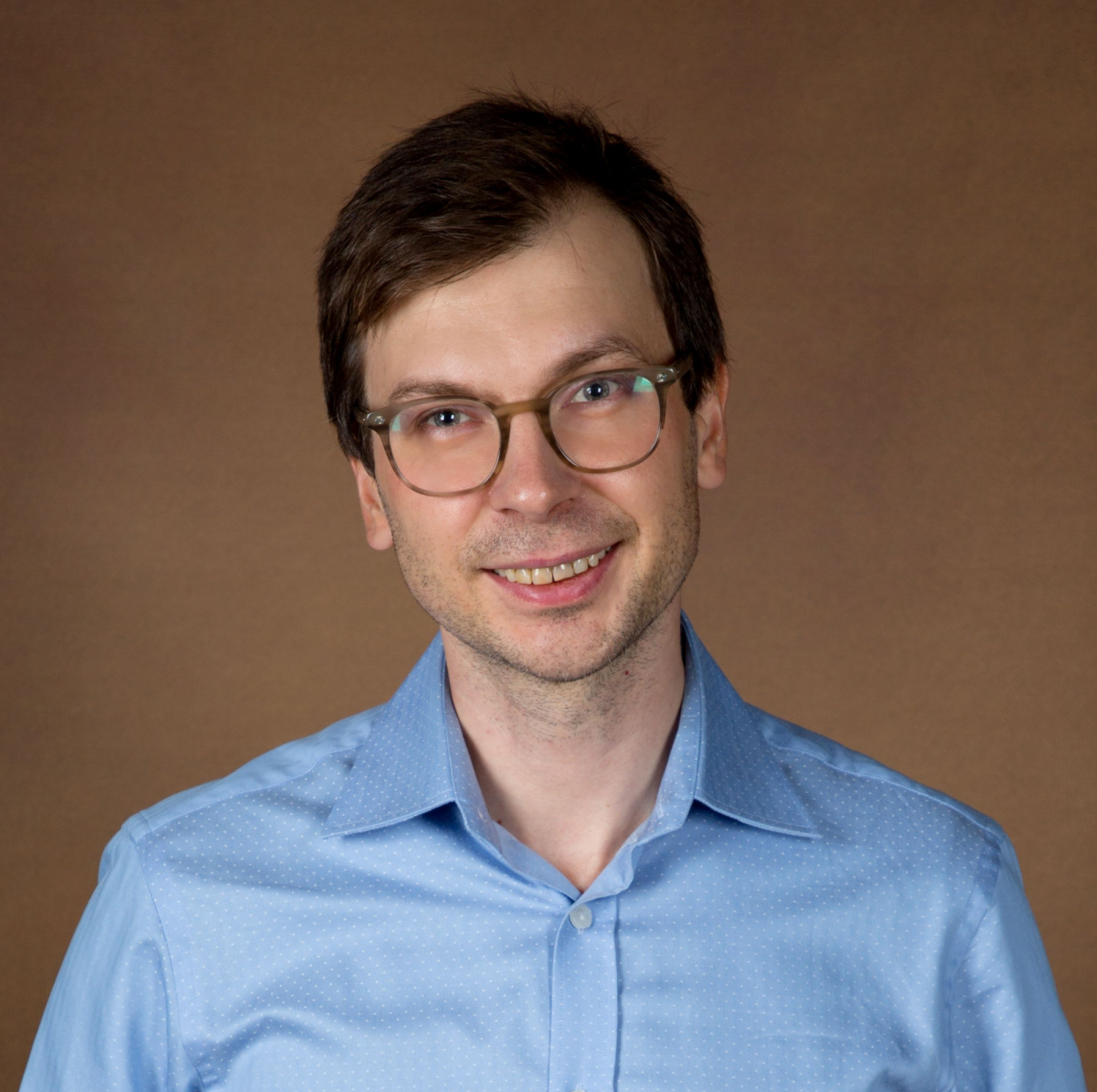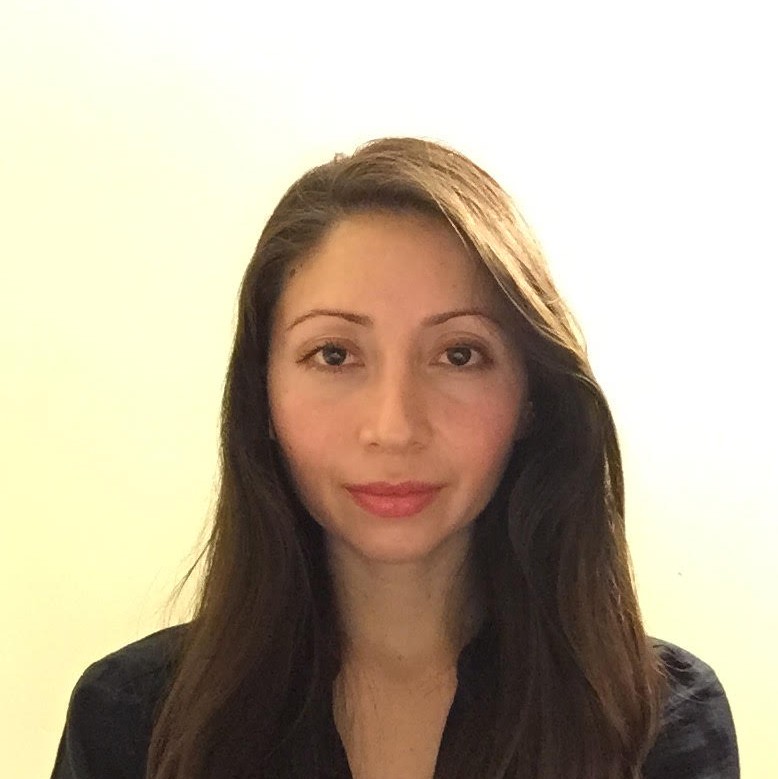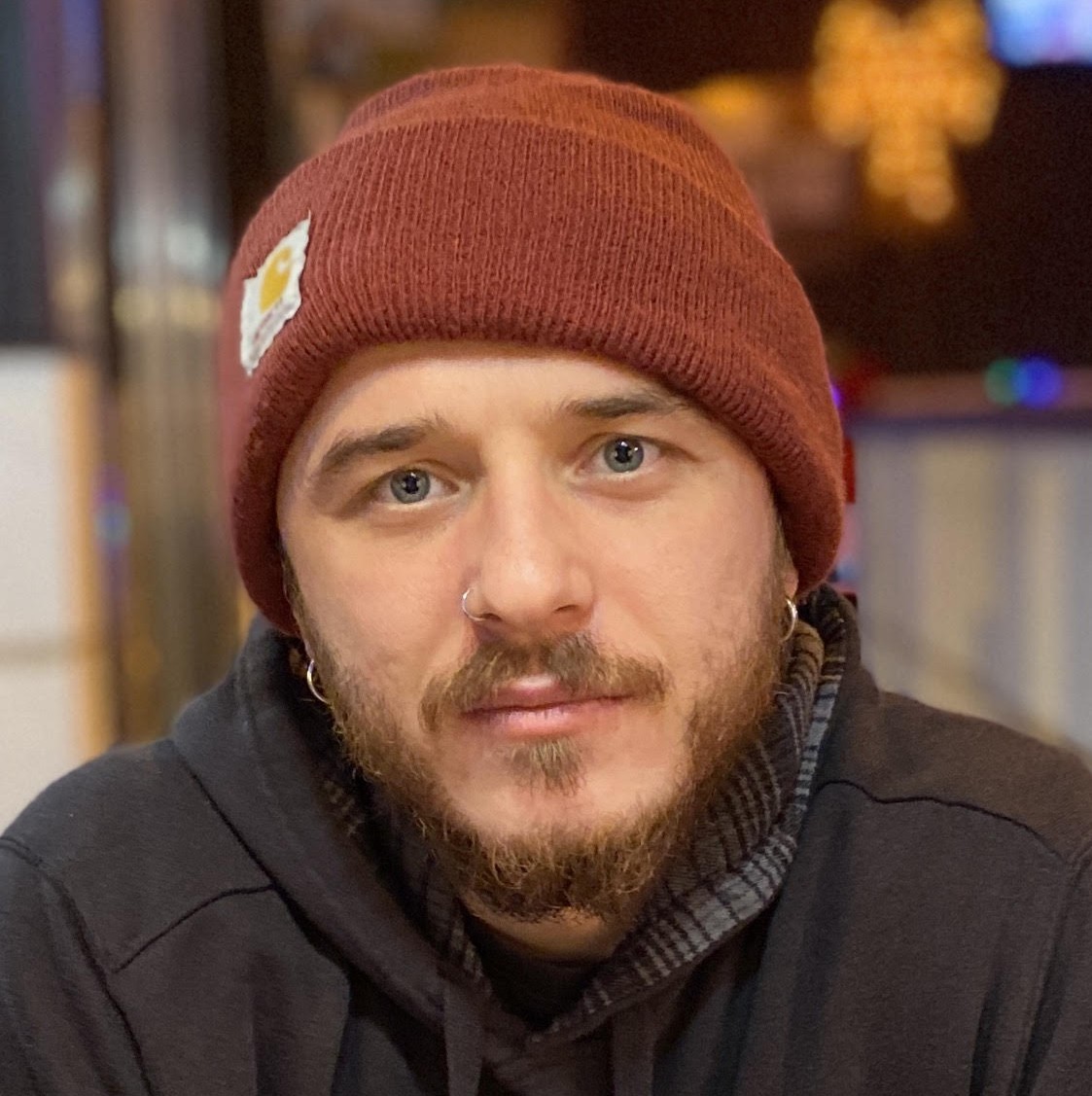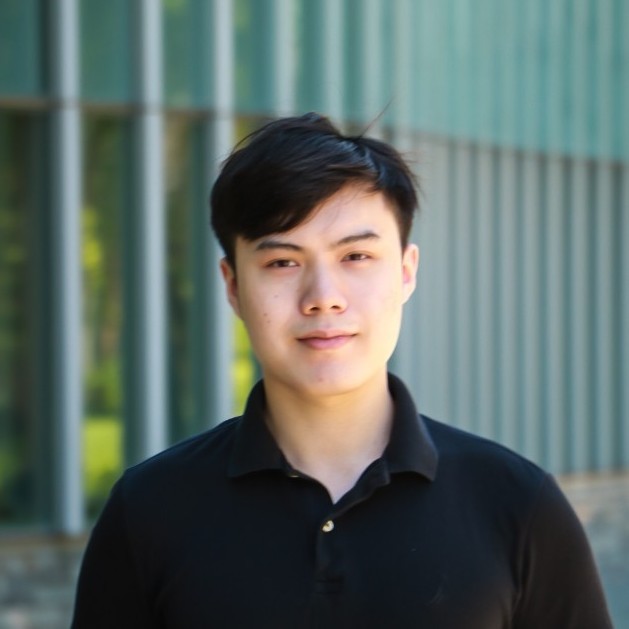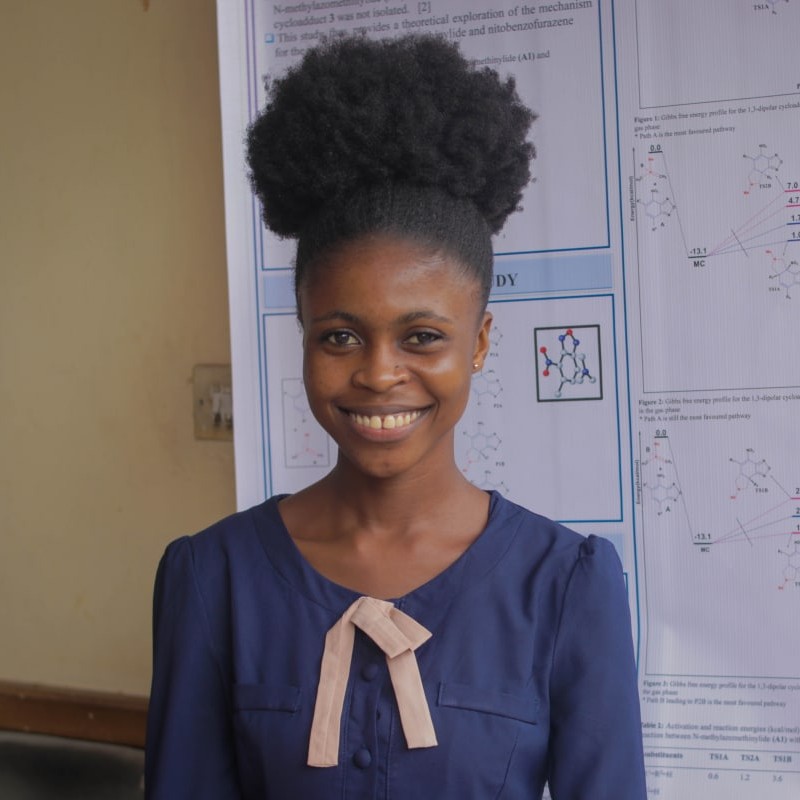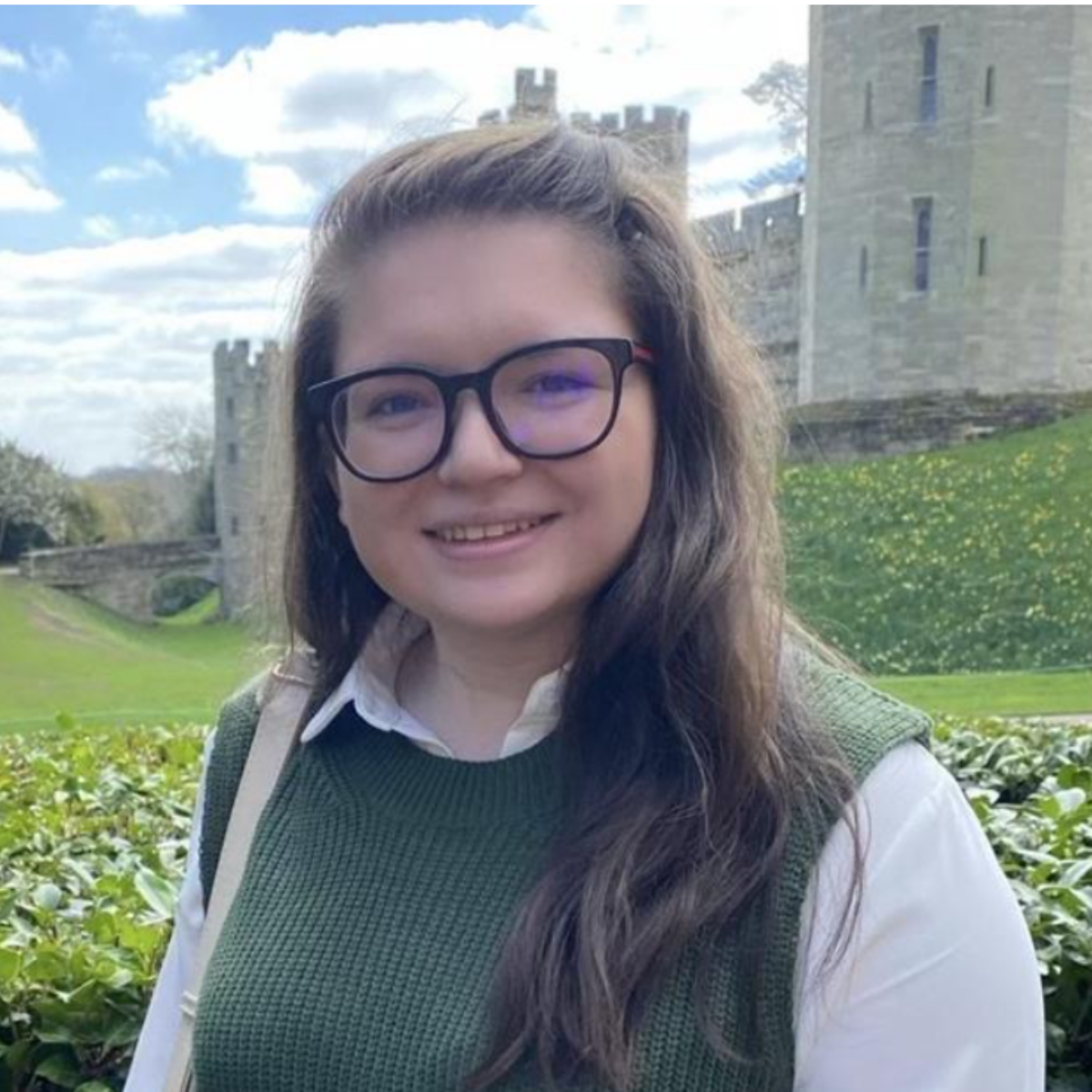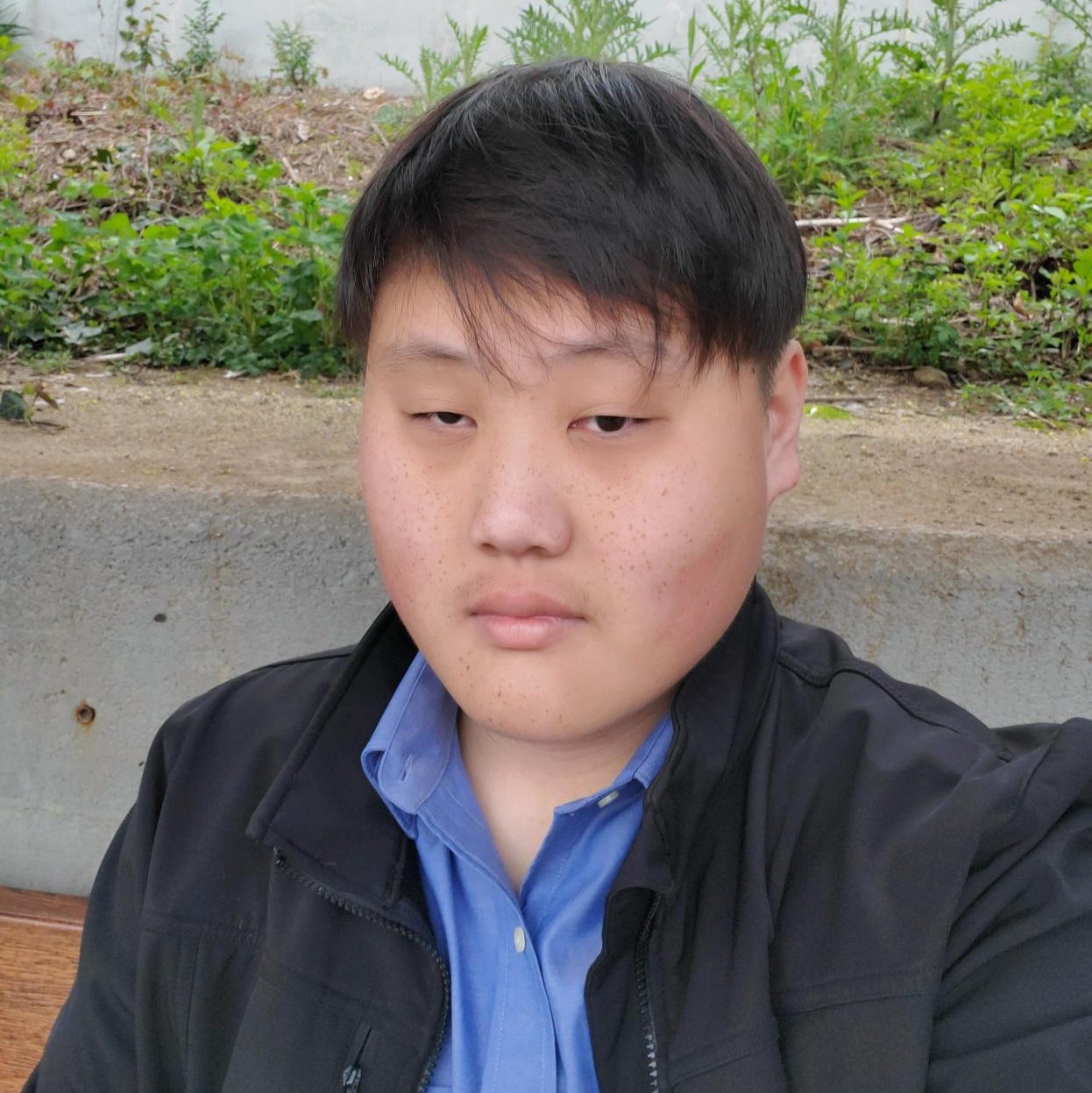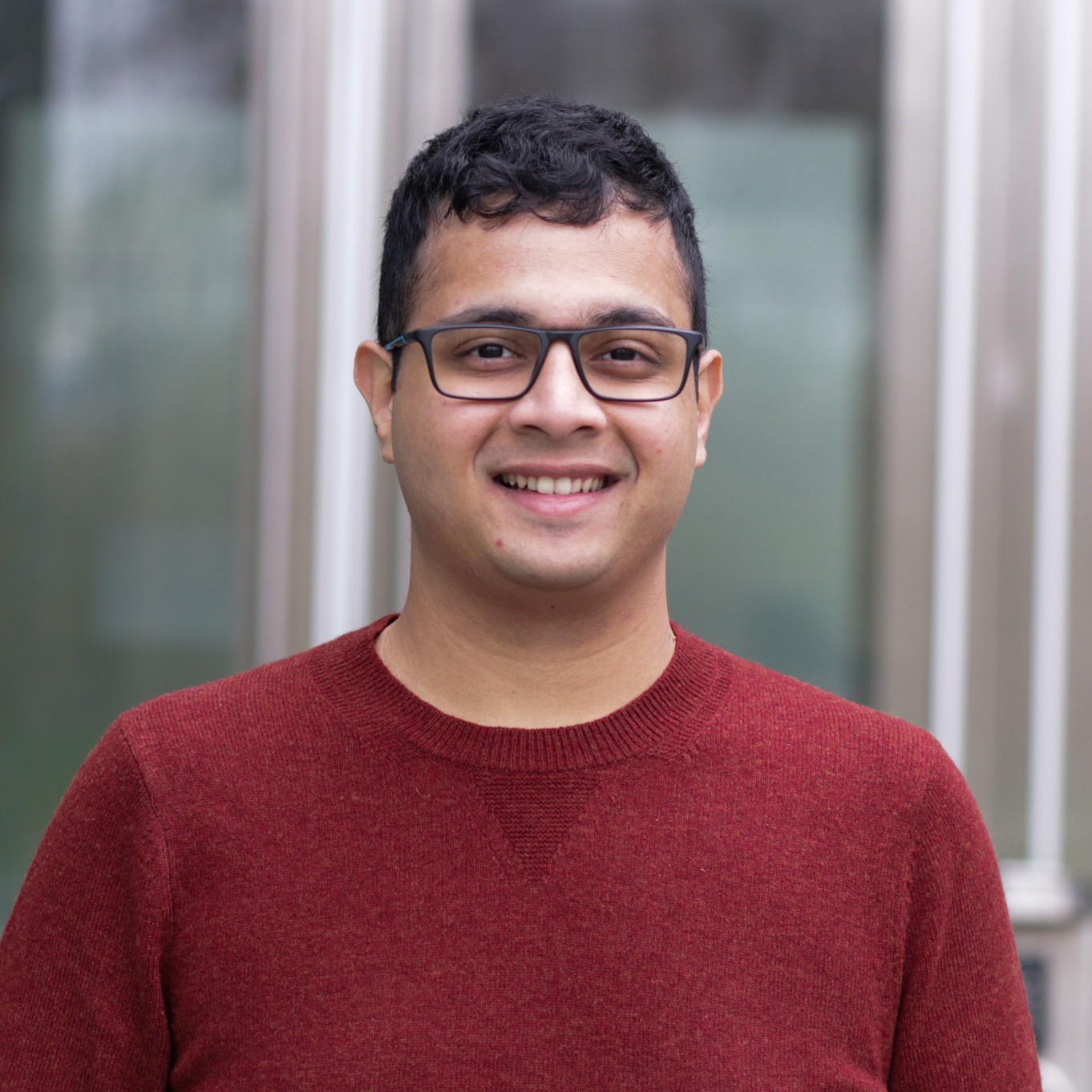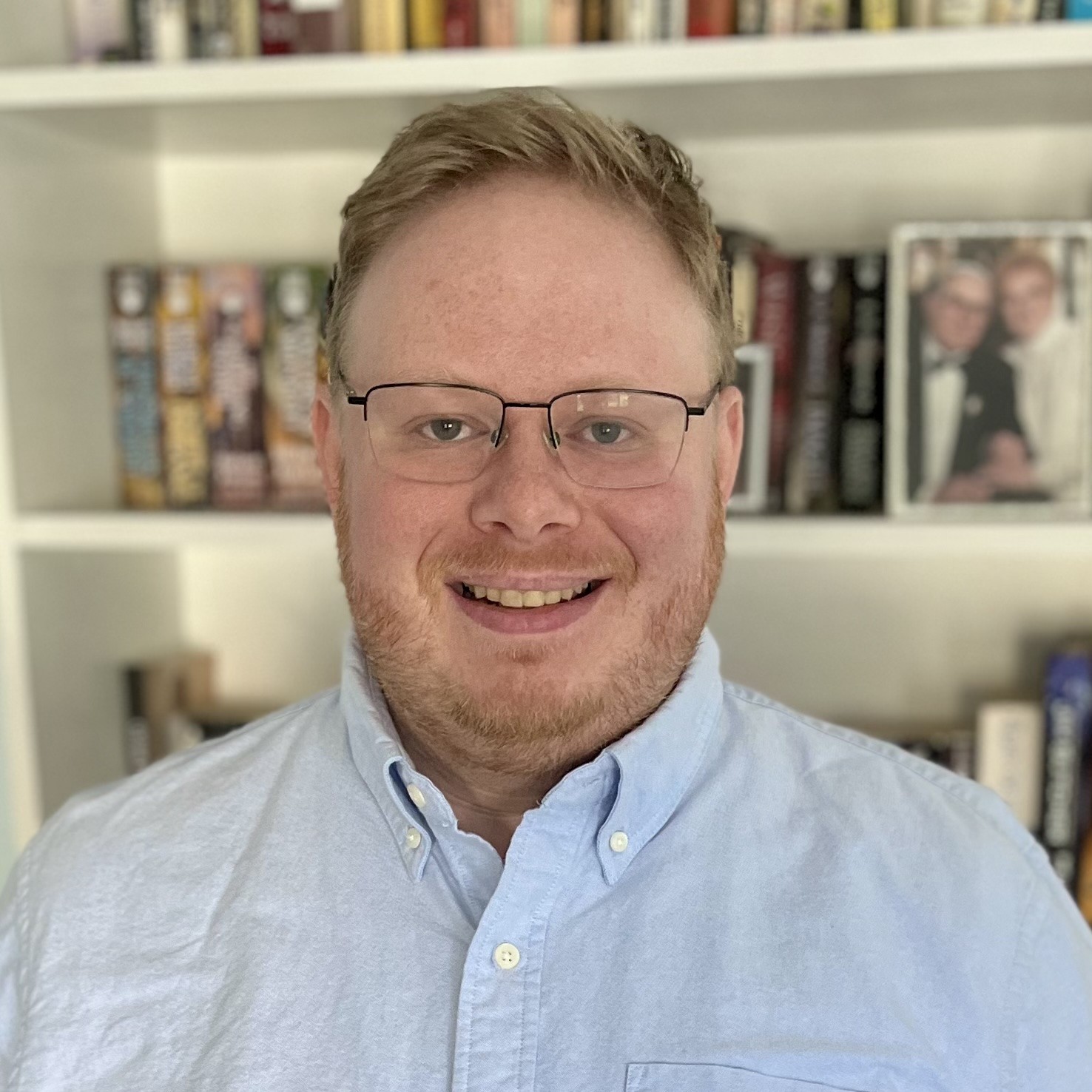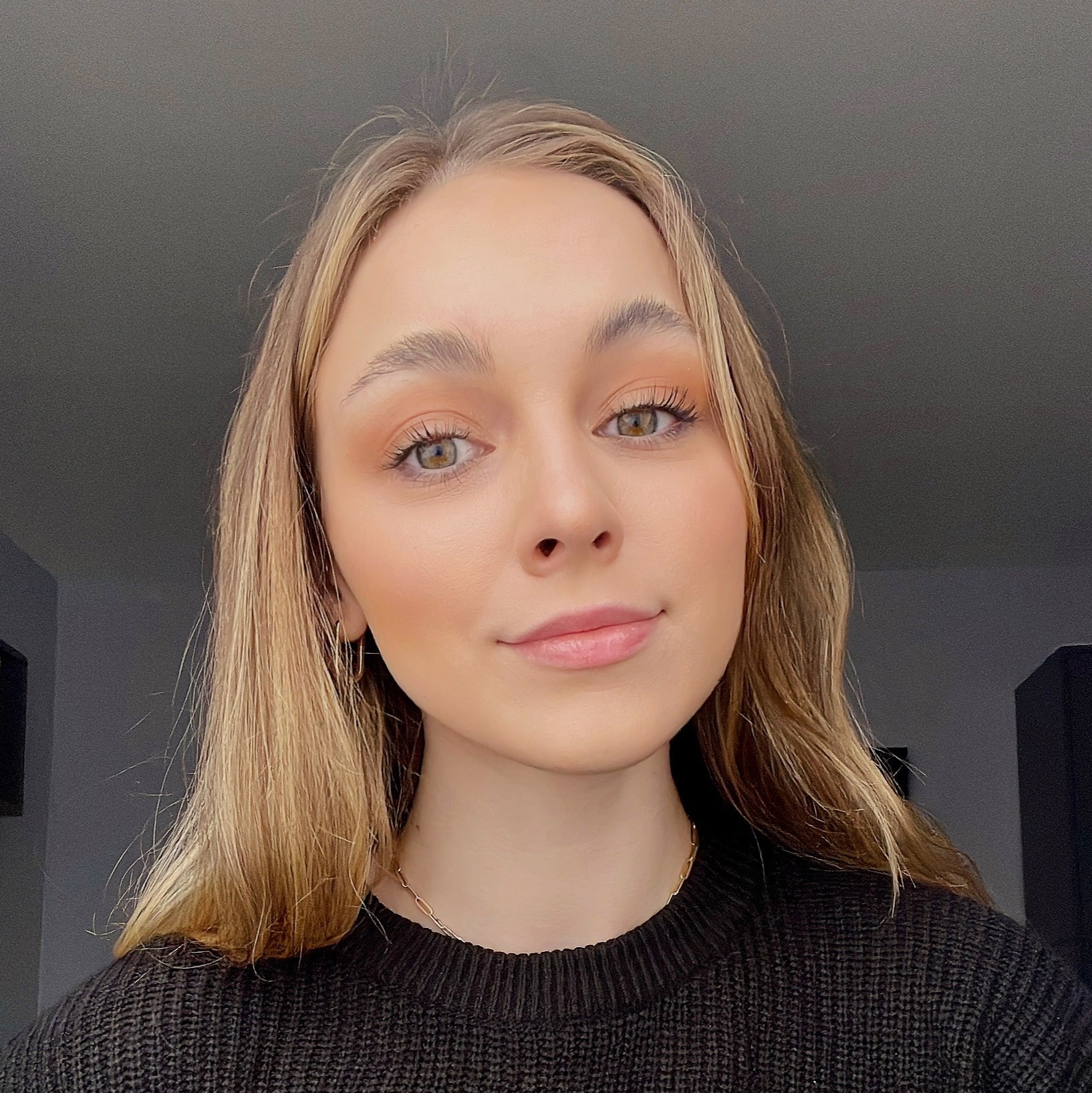
Marianski Research Group at Hunter College
Prof. Mateusz Marianski
Address: Chemistry Department of Hunter College CUNY, 695 Park Ave, New York, NY 10065
Office Location: HN-1321B (North Builiding, 13th floor)
Phone: 212-772-5343
E-mail: mmarians@hunter.cuny.eduEducation: 1) 2013-2018: Postdoc Fritz-Haber-Institut der Max-Planck-Gesellschaft, Berlin, Germany 2) 2009-2013: Ph.D. Graduate Center and Hunter College, CUNY 3) 2005-2009: M.Sc. University of Wroclaw, Poland Publications: ORCID & Google Scholar
Current Group Members:
Graduate students:
Beicer C. Tapia (Biochem ‘24)
Research Interest: (1) Principles of the molecular recognition between the syntehtic carbohydrate receptors and complex glycans and recognition of glycans as viable targets for synthetic molecules for sensors, drugs development and viral binding inhibition. (2) The sequence-structure relation in carbohydrates for discovery of novel carbohydrate-based materials.
Methods: Molecular dynamics simulations (gromacs) and data analysis (Python).
Murat Yaman (Biochem ‘25)
Research Interest: Structural analysis of small glycans in a gas phase. Understanding of the role of potential-energy surface in defining function of glycans in gas-phase, solution, and in bound complexes. Development of sampling techniques and data analysis pipeline in CarP.
Methods: Quantum chemical calculations (Gaussian16, FHIaims, CP2K), semiempiriral (xtb), and data analysis (Python).
Ryan Kwok (Chem ‘27)
Research Interest: Ryans uses methods of density-functional theory to investigate the effect of a molecular distortion on a reaction rates in reaction driven by a mechanical force. He’s a part of NSF CCI center for mechanochemistry
Methods: Quantum chemical calculations (Gaussian16, FHI-aims and CP2K) and data analysis (Python).
Deborah Essilfie (Chem ‘28)
Research Interest: Deborah investigates a force-induced mechanism-selectivity of simple organic reactions. She’s a part of the NSF CMCC center for mechanochemistry
Methods: Quantum chemical calculations (Gaussian16, ORCA, and CP2K) and data analysis (Python).
Diana Bello (Chem ‘28)
Research Interest: Diana works with molecular dynamics simulations to understand the mechanism of site-selective binding of the Synthetic Carbohydrate Receptors to glycoproteins in a biochemical context.
Methods: Molecular Dynamics calculations (gromacs) and data analysis (Python).
Eugene Chung (Chem ‘28)
Research Interest: Eungene investigates the effect of sterectronic properties of protecting groups on the mechanism and resulting stereochemistyr of a glycosylation reaction. He is also responsible for maintaining and developing CarPpy.
Methods: Quantum chemical calculations (Gaussian16, ORCA, and CP2K), data analysis (Python) and coding (fortran, c++).
Dhwanit Dave (Rein Ulijn group at ASRC)
Research Interest: Understanding how supramolecular interactions of biological building blocks such as amino acids, peptides and carbohydrates. influences properties of materials with applications ranging from catalysis to food-additives. In order to achieve his goals, he uses combination of experimental (at ASRC) as well as computational methods.
Methods: Molecular dynamics simulations (gromacs), quantum calculations (Gaussian16) and data analysis (Python).
Undergraduate students:
Hillel Lerner
Research Interest: DFT simulations of bioconjugations reaction mechanisms.
Methods: DFT calculations in gaussian and data analysis in python.
Nikola Pociask
Research Interest: MD simulations of bioconjugation reaction mechanism.
Methods: Molecular dynamics simulations in gromacs and data visualization in VMD.
Group alumni:
- Lusila Vranga (Graduated with Honors, currently applying to PA schools)
- Vasilis Kontodimas (Graduated with Honors, currently at QA at Kings Industires, Specialty Chemicals)
- Yusef Wray (Graduated with Honors, currently a graduate student at Stony Brook)
- Abner Kahan (Graduated with Honors, currently in the MD program)
- Genrietta Yagdayeva (Graduated with Honors, currently a graduate student at St John’s University)
- Wonsuk Lee (Currently applying for Dental Schools)
- Cesar Pabon (Currently Associate at Mercer)
- Benjamin Slater (HS – Currently at University of Chicago)
